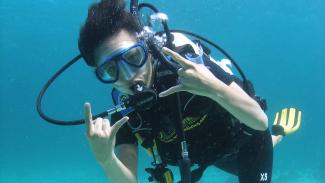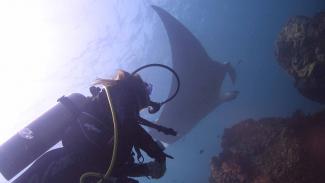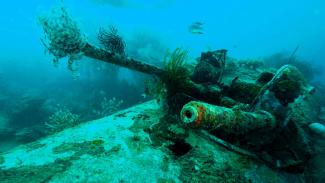Our guide to the world's best muck diving
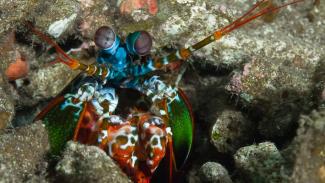
If you are an avid underwater photographer or a lover of the weird and wonderful, then the seas of Asia hold a treasure trove of delights.
Originally pioneered in Papua New Guinea, muck-diving is now all the rage, and incredibly addictive. As the epicentre of the world's marine biodiversity, there are exceptional opportunities throughout South-east Asia.
Read on to find out what the muck diving craze is all about and where the world's best muck diving can be found with our guide to muck-diving meccas...

What is muck diving?
Let’s be honest. Muck diving probably needs some PR help. It is not the most instantly attractive turn of phrase, but it does have something of a cult following. So just what is muck diving anyway, and why does it appeal to so many divers?
Most diving is done on vibrant coral reefs; the cities of our underwater world. These are fascinating and wonderful in their own right and some magical species call them home. It is not the only habitat for marine life though. Some fish live away from these underwater cities; in the country to keep with our metaphor. In fact, this is where some of the most incredible and jaw dropping marine life lives and that is why muck diving is so alluring.
Venture away from the busy coral reefs and spend a little time tuning in to the environment around you and you’ll notice all manner of incredible animals camouflaged right in front of your eyes. From Octopus hiding in coconut shells to Seahorses hidden in plain sight, Sponges that are in fact Frogfish to Nudibranch’s sliding by, these environments are incredibly rich in marine life and a world unto themselves. This is the world of muck diving. The art of diving on sand or mucky bottoms, patchy reefs or otherwise unspectacular environments at first glance, yet environments that hold a treasure trove of wonderful marine species. A treasure hunt, if you will.
Once you’ve got your eye in, it is difficult to look away. So cast aside the rather unappealing name, and dive into a new, weird and wonderful world. The world of the muck dive.
Is muck diving for me?
While fascinating to many divers, muck diving does not appeal to everyone. So how do you know it is for you? Well, maybe you don’t until you try it, but we’ll try and give you a steer. If you love your marine life big and aren’t one for detail, then possibly muck diving is not for you. However if you love the detail in nature, like to be surprised and enjoy exploring, then chances are you’ll enjoy a good muck dive.
Muck diving & underwater photography
If you are an underwater photographer, you are sure to love muck diving. While big fish or coral reefs are fast moving and dynamic, many stars of the world of muck diving lie in wait for their big moment, relying on camouflage or mimicry to hide in plain sight. They often make ideal photographic subjects. In fact, many of the most eye catching, colourful and inspiring underwater images you’ve seen in your life were probably taken on a muck dive.
You need the right gear. A good macro lens or a camera that is adept at macro photography is essential, as is a strobe. From there on in, it is down to the skill and observation of the photographer (with a little help from a good local guide). If you’ve never given it a try, you are really missing out.
South-east Asia has something of a monopoly on the world’s best muck diving. Sitting at the centre of the Coral Triangle, it has riches and biodiversity that are unmatched anywhere else in the world. So choosing the very best destinations for muck diving is no easy task.
Now we’ve got to grips with what muck diving is all about, let’s dive into our top tips for the best muck diving meccas in Asia.

Phil North
Lembeh Strait
When many people think of muck diving, they think of Lembeh Strait. The volcanic, black sand slopes of this strait at the northern tip of Sulawesi have become a muck-diving mecca. The area has so many unusual critters that it is difficult to know where to start. Mimic Octopus, Pygmy Seahorses, Flambouyant Cuttlefish, Giant Nudibranchs, Electric Shells & all kinds of Frogfish are just some of the creatures that inhabit this strange world.
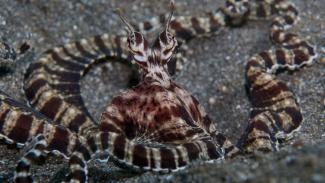

Rickard Zerke
Port Moresby
Also in Papua New Guinea, Port Moresby is the capital of the rare & wonderfully elaborate Lacy Scorpionfish. Also found here are their close relatives - the Weedy Scorpionfish, plus Pygmy Seahorses, Ghost Pipefish, numerous Flatworms & Nudibranch's and Epaulette Sharks - a strange species of Shark that walks rather than swims.

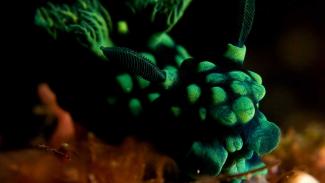
Ambon
At the northern edge of the Banda Sea in eastern Indonesia is the little island of Ambon, another muck-diving heaven. In Ambon's large bay, you can find the Ambon Scorpionfish - a species endemic to this area, plus Thorny Seahorses, Halimeda Ghost Pipefish, Mandarinfish & plenty of Frogfish. In fact, a new species of Frogfish was discovered here only recently.

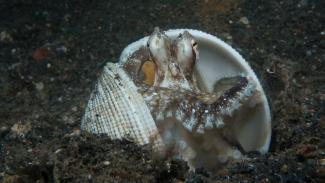
Maumere
Maumere was once at the forefront of diving as a serious contender for the title of most diverse habitat on earth. A huge earthquake & tsunami in 1992 saw it slip of the diving map, but it is now recovering its former glory. Here you can find Frogfish, Ribbon Eels, Pygmy Seahorses, Mandarinfish and all manner of crazy crustaceans.
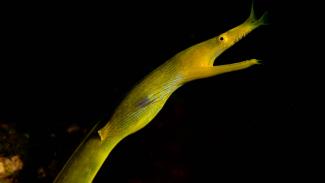

Dauin
Situated to the south of Negros in the Visayas region of the Philippines, Dauin is another area of black volcanic sand that seems to give rise to weird & wonderful marine life. Here you can find many species of Frogfish, Ornate Ghost Pipefish, Flambouyant Cuttlefish, Seahorses, plus many Shrimps, Crabs & Nudibranchs.
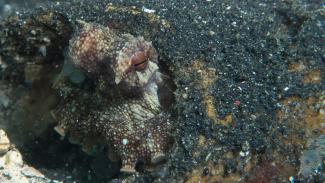
Have you recently had a great muck diving experience or taken an awesome underwater macro photo? Why not head over to our Facebook page and tell us all about it? We’d love to see your photos too!
You might also enjoy...
Scuba diving in Borneo - 7 key questions answered
Tara North



